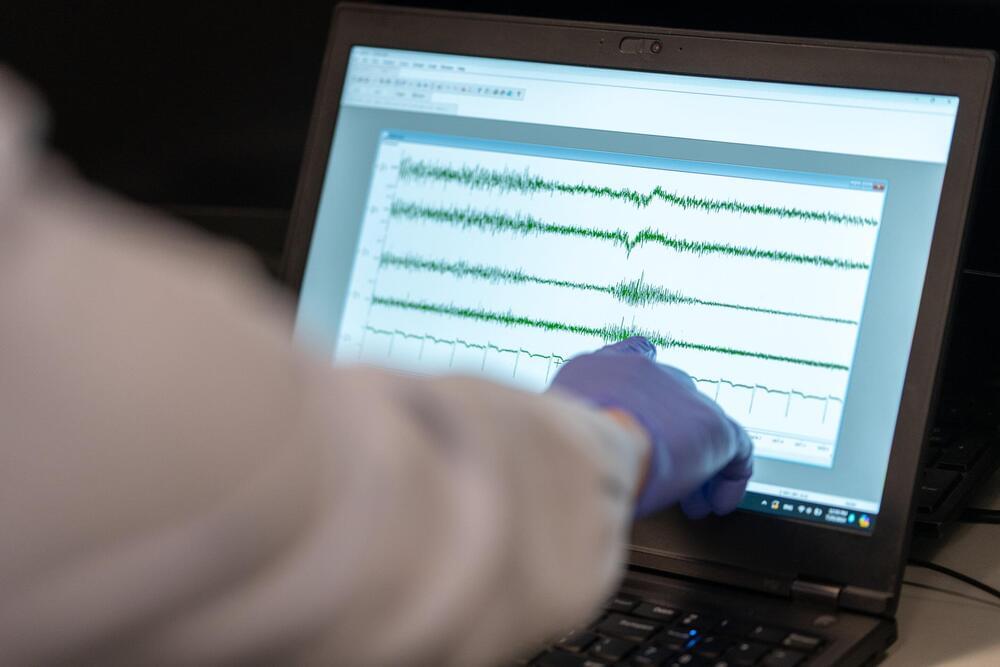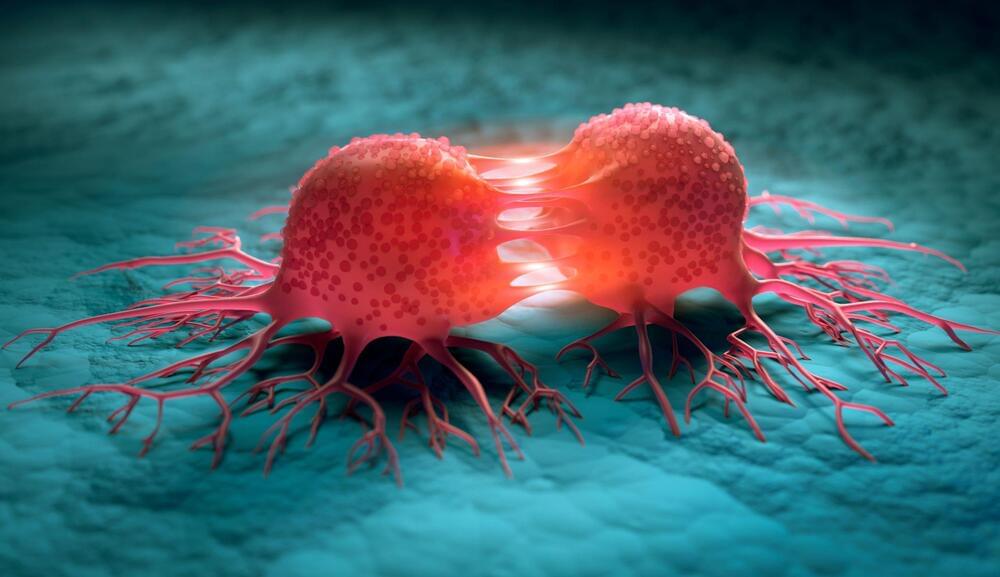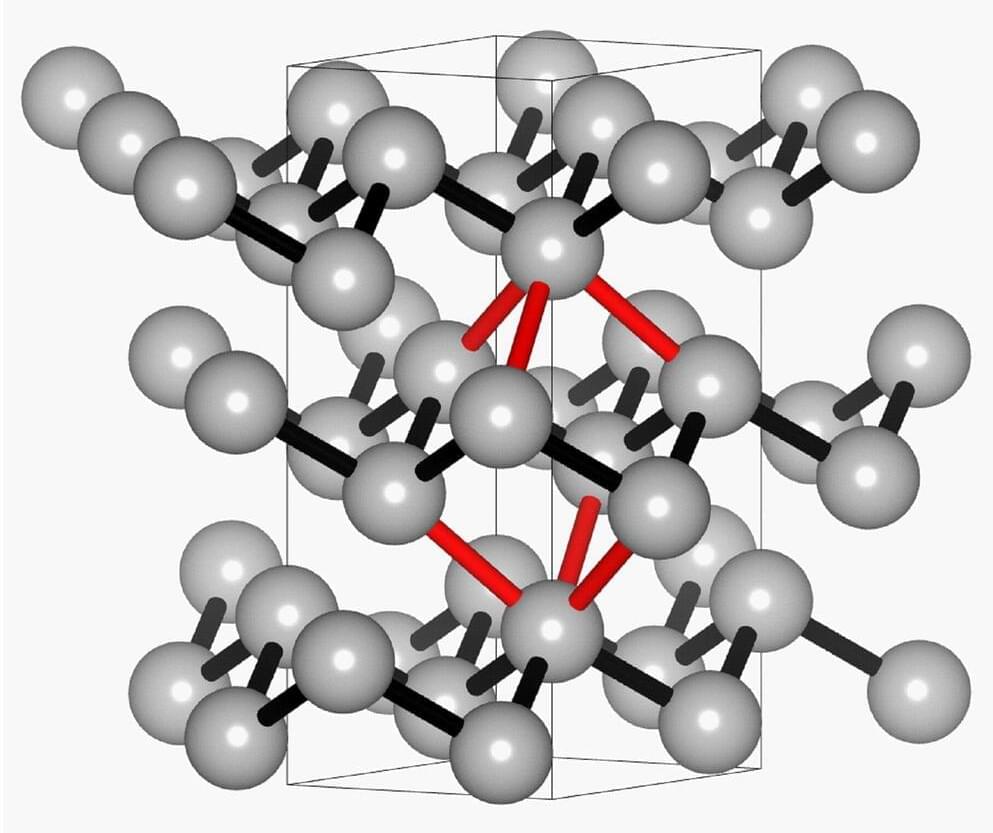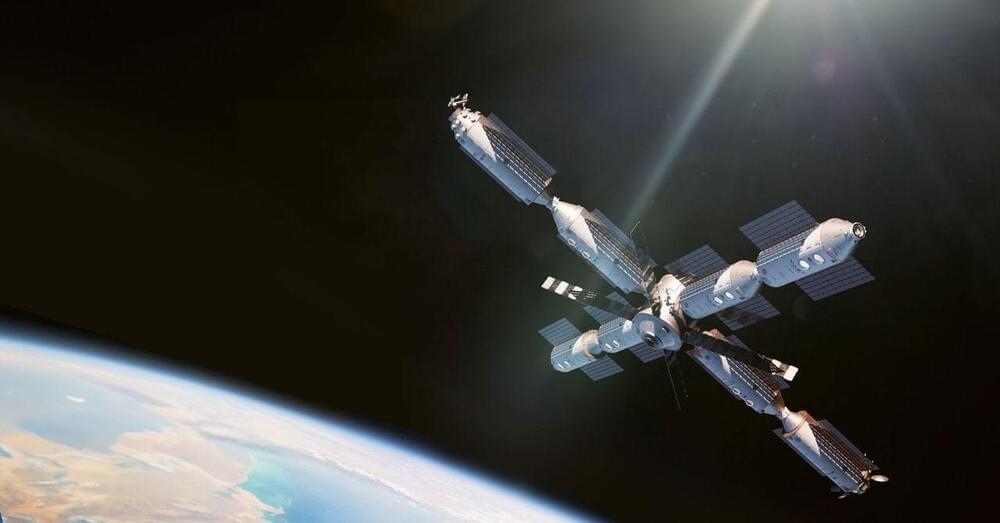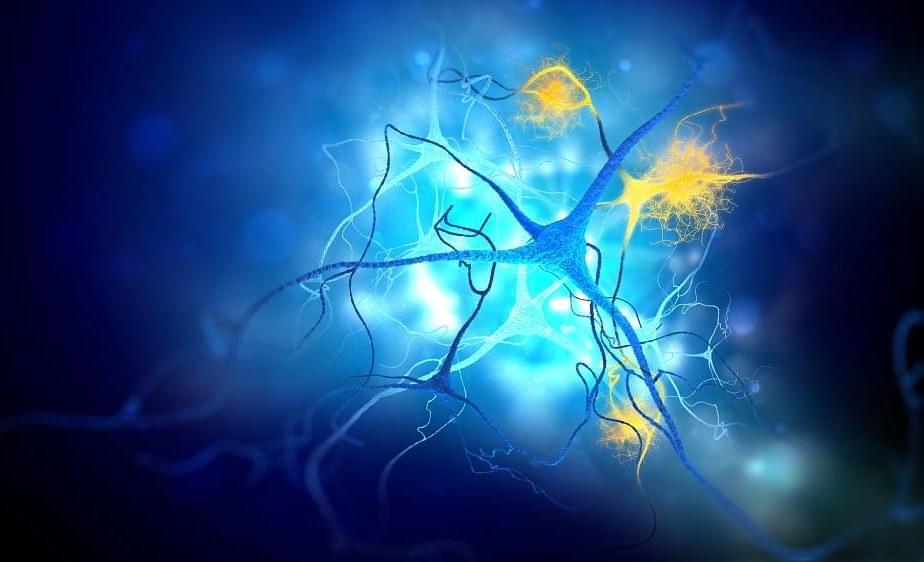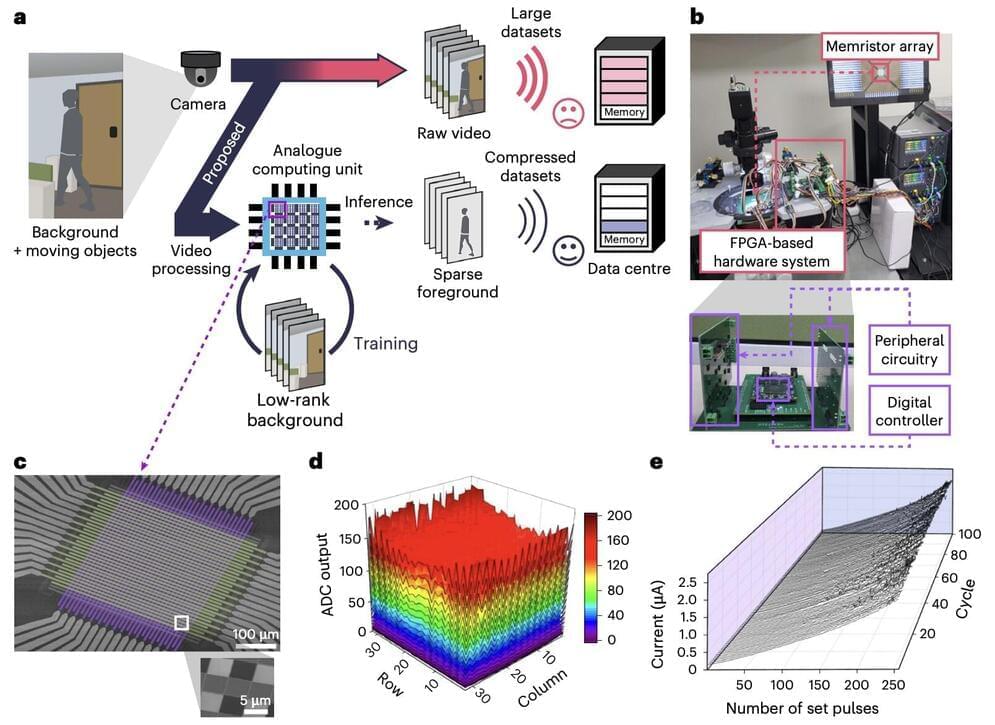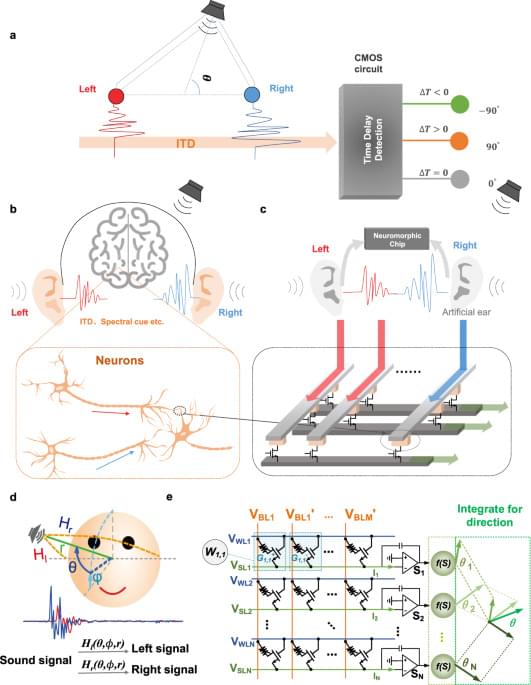From the ancient Egyptians’ use of electric fish to treat headaches to the invention of pacemakers to regulate heart rhythms in the 1950s, the field of bioelectronic medicine—which makes use of electrical signals instead of drugs to diagnose and treat disease—has advanced and has started to come into its own. Where is the field now? And what are the most promising opportunities for life-changing new therapies and diagnostics?
New research led by Imanuel Lerman, head of the Lerman Lab of the UC San Diego Qualcomm Institute and UC San Diego School of Medicine Department of Anesthesiology, as well as the VA Center of Excellence for Stress and Mental Health, provides some answers.
“This paper is intended to be a roadmap to the future of the biomedicine field,” Lerman said. “We’re putting a flagpole in the ground and saying, ‘This is what we’re planning to do, and this is the story behind it.’ That’s why there are 180 references. We want to make sure that everybody has the resources they may need to be able to understand and read deeper if they want to.”
